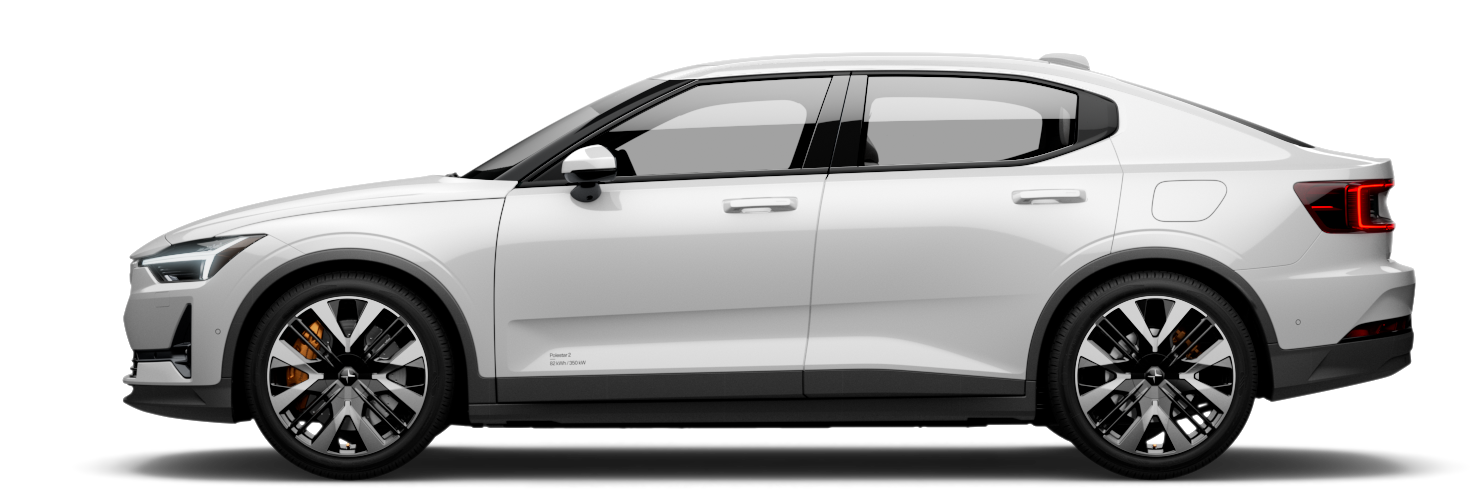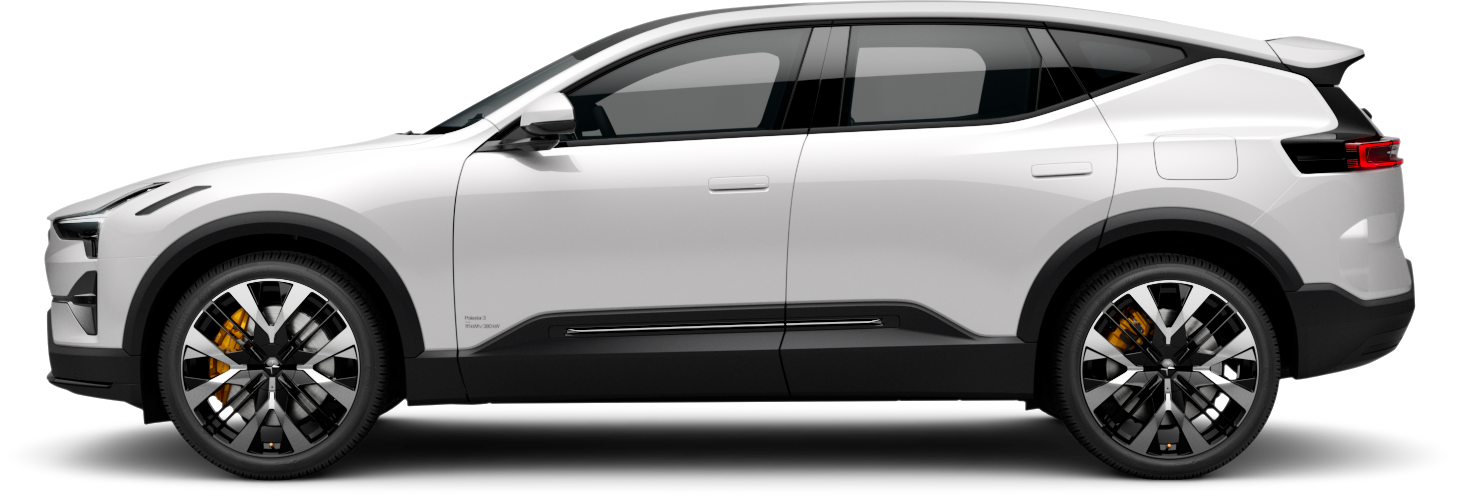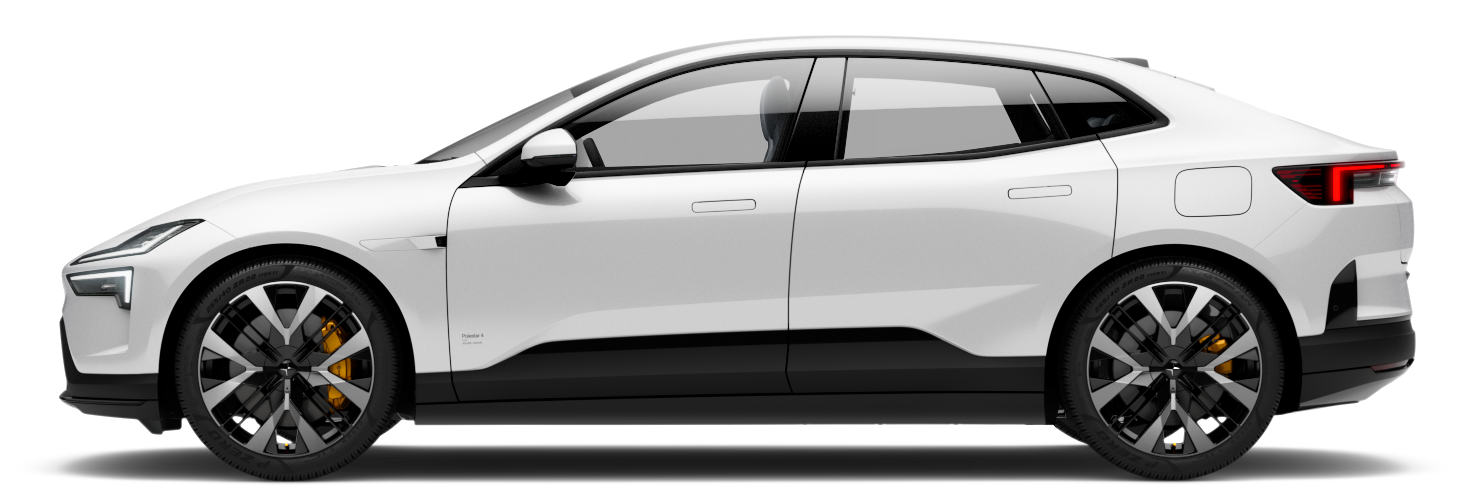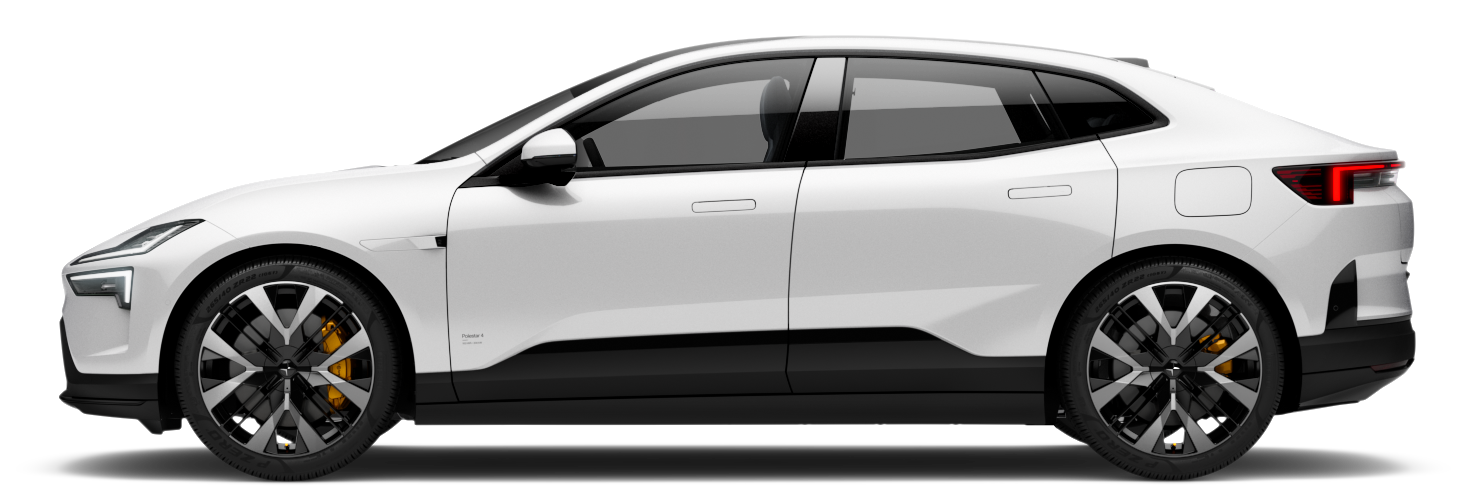Collision response
Tip
Before
Before an impact, several driver support functions can work to avoid the collision or reduce its effects. If the vehicle senses that a collision is likely or unavoidable, it has the ability to preemptively activate protective systems before the impact occurs.
During
During a collision, sensors throughout the vehicle continuously provide information about the states of the vehicle and its occupants. The vehicle uses the information to selectively time and activate protective functions such as airbag deployment and seat belt pretensioning. Collisions are complex events that can unfold in several stages, where the first impact isn't necessarily the most severe. Good timing is essential for the best chance of effective protection.
The vehicle's safety systems work in synergy with passive safety features. In the event of a collision, your vehicle's construction distributes forces to specific structural components. It also takes advantage of crumple zones that absorb energy from the impact. Using similar principles, the exterior has been designed with the protection of pedestrians in mind.
After
After a collision, the vehicle tries to stop in a controlled and safe manner. It can also make an automated call for emergency response.
Note
Safety mode
During a collision, the safety systems of the vehicle may disconnect the high-voltage battery. This is to protect both the occupants and the vehicle itself from potential damage caused by the battery. The vehicle will enter safety mode at the same time. You cannot drive your vehicle when safety mode is active. If you need to move the vehicle—such as to the side of the road—tow mode needs to be activated before towing it.





